Fleetix

Tell us about your project
Lets get in touch

Lets get in touch

The furniture industry is evolving at a significant pace, reconciling old-fashioned workmanship with the needs of the dynamic market in which we live. Today’s end-users do not want mass-produced furniture; they need narratives embodied in their pieces and reflecting their personal preferences as well as values. The shift towards customization has made furniture making complicated hence changing the entire landscape of the industry.

Discover the transformative impact of Interactive 3D experiences in the world of yacht marketing. Dive into the immersive visual journeys, both exterior and interior, that captivate potential buyers, offering them unparalleled insights and engagement in their quest for the perfect luxury vessel.

Venture into the future of fleet management and discover the transformative trends on the horizon. From AI-driven operations to the rise of autonomous vehicles, explore the innovations set to redefine the logistics and transportation sectors in the coming years.
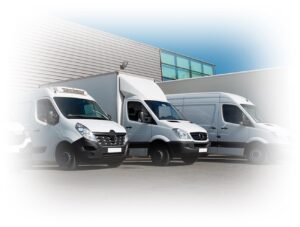 Every company that works with transport understands that in the absence of automated fleet management systems, all processes require almost round-the-clock work of a considerable staff of people – dispatchers, logisticians, forwarders, accountants. Depending on the fleet size, the company’s field of activity, the number of delivery orders, and seasonality, the fleet can be served by huge departments that continuously deal with the paperwork and monitor drivers on the phone. Most companies went through this 10-15 years ago, and many are trying to automate their fleet. During this time, a lot of online platforms for transport monitoring have appeared, which partially solve these problems: they optimize the work of personnel, reduce transport costs and help restrain the growing number of employees in the transport department. At the same time, there is a vast number of low-quality monitoring systems: some are very limited in their functionality and do not advance in any way, and some have a massive number of functions that are superfluous for most customers, their interface is too complex and overloaded. Also, many manufacturers of GPS trackers have their own software, which is compatible only with their equipment, and if you want to change the software for some reason, you have to invest in new equipment.
Every company that works with transport understands that in the absence of automated fleet management systems, all processes require almost round-the-clock work of a considerable staff of people – dispatchers, logisticians, forwarders, accountants. Depending on the fleet size, the company’s field of activity, the number of delivery orders, and seasonality, the fleet can be served by huge departments that continuously deal with the paperwork and monitor drivers on the phone. Most companies went through this 10-15 years ago, and many are trying to automate their fleet. During this time, a lot of online platforms for transport monitoring have appeared, which partially solve these problems: they optimize the work of personnel, reduce transport costs and help restrain the growing number of employees in the transport department. At the same time, there is a vast number of low-quality monitoring systems: some are very limited in their functionality and do not advance in any way, and some have a massive number of functions that are superfluous for most customers, their interface is too complex and overloaded. Also, many manufacturers of GPS trackers have their own software, which is compatible only with their equipment, and if you want to change the software for some reason, you have to invest in new equipment.
For almost 18 years of experience in the field of fleet management systems, we have seen plenty of software products that had a convenient and pleasant interface, but working with them caused nothing but unnecessary tension – downloading monthly data could take tens of minutes and, instead of helping the team to optimize the operation of the fleet, it slowed down the process.
Over the years of our work, we have realized that the best solution can be obtained only when the product is developed in-house. We have confidence in Fleetix, our development team, and our support team, it is designed to exceed expectations and give our customers even more than they can imagine. All the specialists working at Fleetix are our own staff who have many years of experience working together as a team.
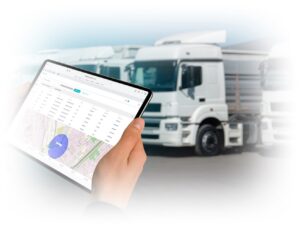 Everyone – system architects, back-end and front-end developers, UI/UX designers, quality control specialists and of course project managers and product managers understand the business values of our customers and do their best to create advanced features with maximum convenience.
Everyone – system architects, back-end and front-end developers, UI/UX designers, quality control specialists and of course project managers and product managers understand the business values of our customers and do their best to create advanced features with maximum convenience.
We also have highly skilled hardware engineers and a support team to help our customers integrate new sensors and trackers including answering all questions about Fleetix. Our goal when creating Fleetix was to develop such a product, which, unlike existing competitors on the market, does not cause complications even for new users, where all the necessary data can be obtained in a few clicks, and loading large data sets does not cause the interface to freeze. We have worked out the architecture in such a way that working with Fleetix is comfortable both for companies with a small fleet of up to 20 cars and for large corporations with 600+ cars. During development, we used the most up-to-date technology stack, which ensures maximum data security and reliability, speed, and the ability to expand any new functions.
Fleetix is an IoT solution designed for fleet management in any industry: freight and passenger carriers, farmers, construction companies, pharmaceutical distributors, banking institutions, etc. Each line of business benefits from using our product, but the core features are common for all users:
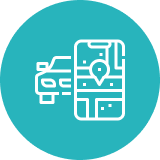 Online monitoring of location and current status
Online monitoring of location and current status
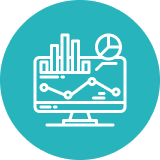 Analysis of historical data on the map, interactive reports
Analysis of historical data on the map, interactive reports
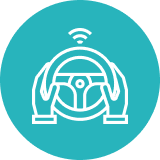 Detailed analysis of fuel usage, speed modes and engine load
Detailed analysis of fuel usage, speed modes and engine load
 Eco-driving
Eco-driving
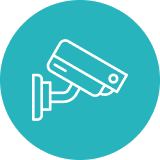 Video monitoring synchronized with the movement of vehicles
Video monitoring synchronized with the movement of vehicles
 Flexible alarm settings
Flexible alarm settings
 Working with geofences
Working with geofences
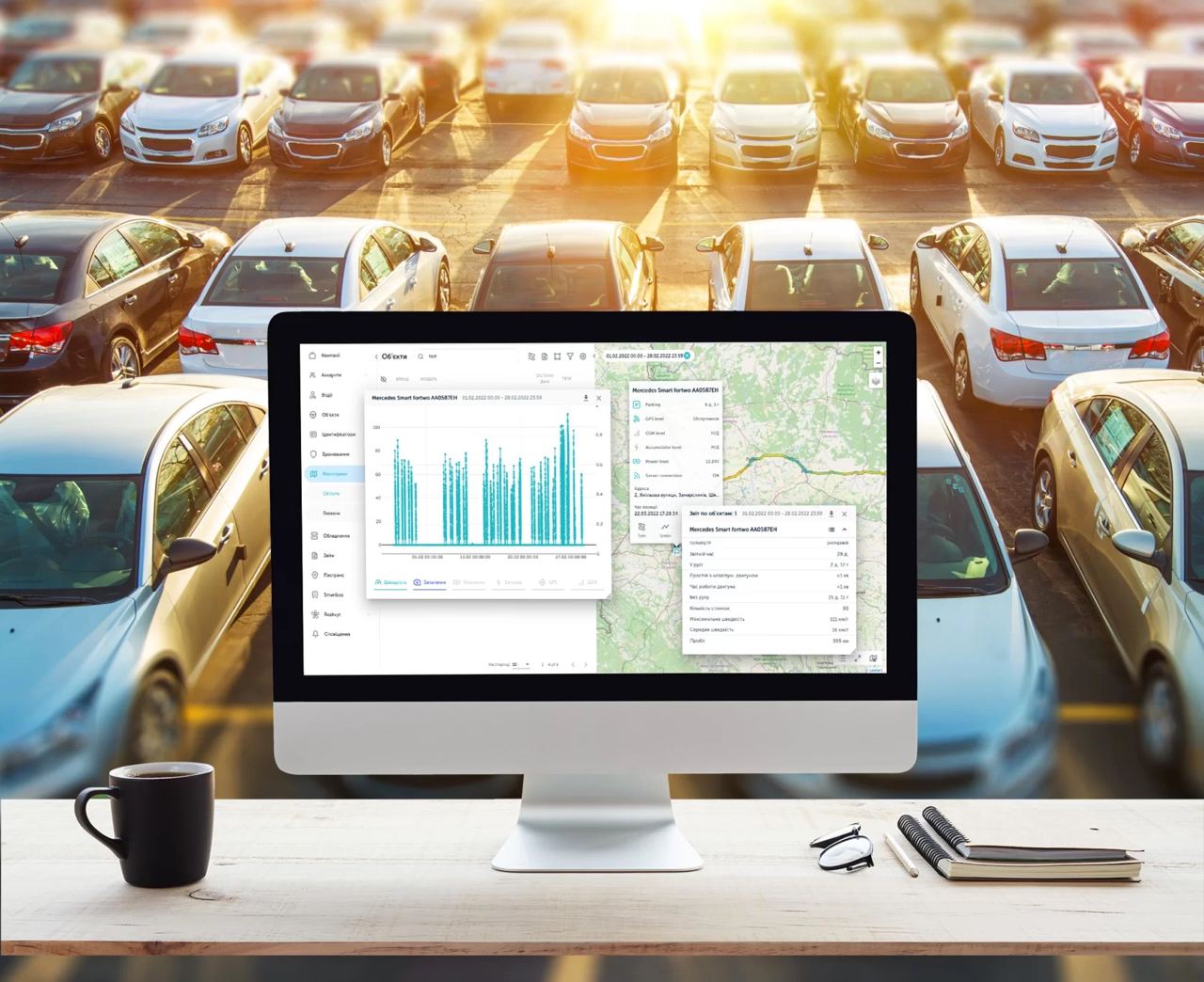
Agriculture has always been closely tied to the interpretation and prediction of weather. Growing food will always be dependent on the weather where it is grown. Weather is the most critical variable in crop health, and being able to closely monitor it is extremely valuable for every aspect of agricultural business. As a rule, information on weather conditions in your area comes from centralized sources, with meteorologists interpreting data for large geographical areas. If a farmer is obtaining weather information from a weather or news service, it is likely the data are coming from a single weather station at the closest airport.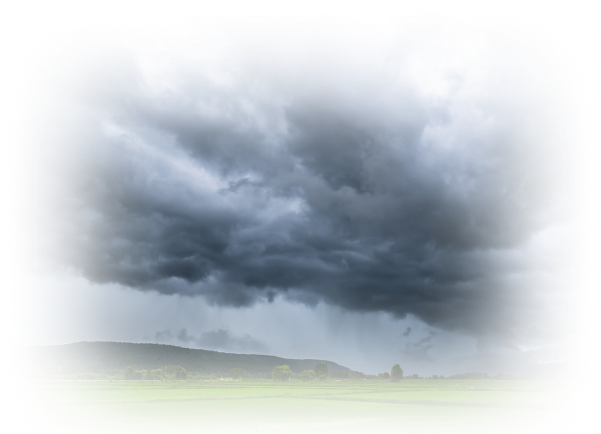
But the actual weather on agricultural fields can vary a lot, even over a few miles. In precise agriculture, even a few degrees of difference in temperature or millimeters of rainfall can have huge effects on the farm. This is where the on-farm weather stations can make a significant impact.
Having accurate weather data allows for making much more effective agronomic decisions. Considering all this and having experience in the development of complex IoT solutions, we decided to create a product that would fully satisfy the farmer’s request for fast and efficient weather data processing while allowing independent and simple installation complemented by an intuitive web interface.
The development of an IoT solution, especially in the agricultural sector, requires taking into account many important factors. Our goal was to create a product that, by its functionality, would fully cover the needs of the agribusiness owners and farmers in obtaining accurate and up-to-date data on weather conditions on the farm. And at the same time would allow even a novice farmer easily and quickly, if necessary, to set up the desired configuration of the weather station and master the software for data interpretation. Also, one of the essential tasks was to achieve the acceptable cost of both the setup and the software subscription.
To implement our plans, we needed to conduct a very in-depth study on the specifics of growing individual crops in different areas, the specifics of doing business with large agricultural enterprises, as well as conduct a large number of consultations with leading agronomists in Europe.
Only after this thorough research could our experienced team come up with the most appropriate technology stack and build the right product architecture. Mainly thanks to a rigorous preparation process, we were able to pass all the compliance tests quickly and were ready to introduce our solution. This is how one of our most successful products, METEOTREK, came to life.
METEOTREK is a modern IoT solution, which consists of weather stations of own production, proprietary software and more than 15 years of experience in implementing software and hardware complexes
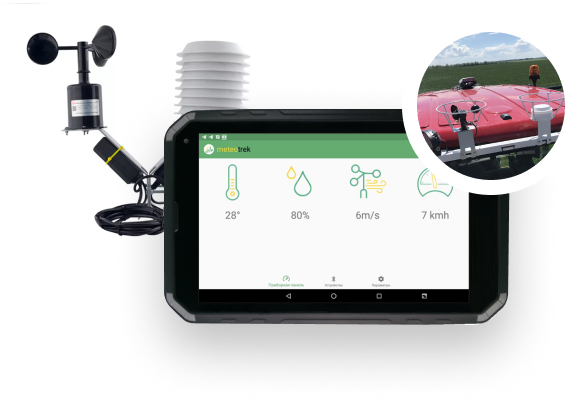
Mobile weather stations

Weather stations
Today, there are many options for visualizing real estate. With the arrival of more advanced software and the increase in the capabilities of computers, the visualization of houses and apartments is reaching a new level. Architects, builders, and developers have long been actively using such visualization tools as 3D renders of apartment and floor plans, 3D renders of interiors and exteriors, 3D aerial views, 3D animations, interior and exterior flybys.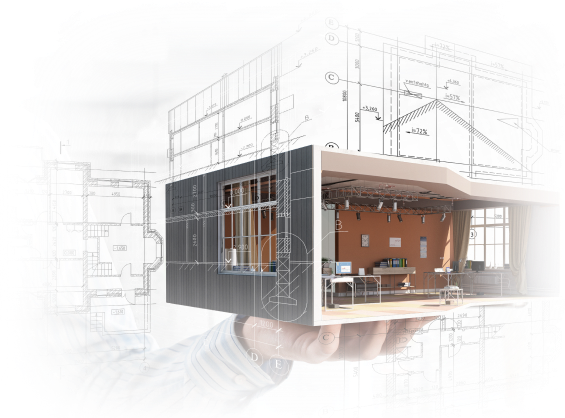 In general, all these tools work and can meet the basic needs of the target audience. But there are so many cases when your property is special: it is substantial, has unique architectural features, or is located in a unique neighborhood. Of course, all this has to be adequately demonstrated to a potential investor or client, and you want them to get a hold of the whole “idea” of the property.
In general, all these tools work and can meet the basic needs of the target audience. But there are so many cases when your property is special: it is substantial, has unique architectural features, or is located in a unique neighborhood. Of course, all this has to be adequately demonstrated to a potential investor or client, and you want them to get a hold of the whole “idea” of the property.
And what if there was a tool to do just that, only not in still 3D but real-time 360 3D? What if there was a way to showcase your project in the most immersive and interactive fashion without losing a single detail? If there was a way to integrate such a solution into your project’s website, your sales team could easily operate such a unique piece of software and create leads in minutes. And on top of it, what if other 3D visualization tools mentioned above complimented it perfectly? We knew we could make such a solution a reality.
Before developing this solution, we studied a lot of attempts by other companies to implement something similar. And it became apparent that almost all of them were not completely successful. Somewhere 3D models did not display the asset correctly – they were too unrealistic, somewhere the loading of the 3D model of the complex took an unacceptably long time regardless of the quality of the Internet connection, and somewhere there was no adequate functionality at all for a full-fledged demonstration of the real estate property.
At that time, we already had the best UI/UX designers but needed detail-oriented 3D artists, precise drone operators, and the best programmers capable of ensuring the correct work and customization of our engine. After forming project teams for different real estate types, we were ready to offer best-in-class property visualization solutions.
Having worked with the largest real estate developers in Eastern Europe, we have successfully completed a number of sophisticated projects which resulted in raising a team of high-quality specialists with unique expertise that is ready to take on the creation of a web-based real-time 3D application to showcase property of any size and complexity.
FRONTVISUAL. Immerse clients into your vision.

It is a well-known fact that bees are critical to the food chain. Honey bees are part of a class of creatures referred to as “pollinators” because they help spread pollen, which is essential for crops. About 80% of crops on our planet rely on pollination. To put it simply, our planet cannot survive without bees. Among other problems with insects important for our planet, the issue of the extinction of bees in recent years has become quite acute. Bees are dying from a variety of factors—pesticides, drought, habitat destruction, nutrition deficit, air pollution, global warming, and more, but it is humans who are directly responsible for the two most prominent causes: pesticides and habitat loss.
Bees are dying from a variety of factors—pesticides, drought, habitat destruction, nutrition deficit, air pollution, global warming, and more, but it is humans who are directly responsible for the two most prominent causes: pesticides and habitat loss.
In addition, the decrease in the population of bees is influenced by such phenomena as still mysterious colony collapse disorder (CCD) and the severe emerging threat of chronic bee paralysis virus (CBPV).
Bees need human help now more than ever. So to help solve the bee crisis and make interaction with bees simpler and more efficient, we decided to create an IoT system specially designed for beekeepers, a hardware-software solution that would allow beekeepers to monitor vital indicators of each hive in their apiary from all over the world.
Once, presenting one of our devices at the specialized exhibition, one of our partners mentioned autonomous devices that allow monitoring the activity of bees using a set of sensors. We liked the idea and decided to study this direction in depth. It turned out that such devices did exist, but some of them lacked available up-to-date sensors and appeared to be quite pricey at the time.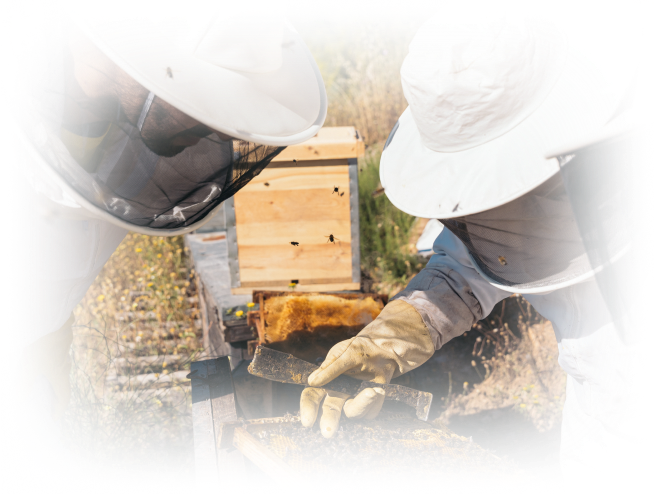 Considering our extensive experience developing IoT solutions, we decided to calculate how much such a device of our own production would cost. During our research, we held a series of consultations with experienced beekeepers and learned about their main concerns and problems in working with bees. Next, we examined the most popular available solutions on the market, and it was evident that none of them provided the entire required set of sensors for complex monitoring.
Considering our extensive experience developing IoT solutions, we decided to calculate how much such a device of our own production would cost. During our research, we held a series of consultations with experienced beekeepers and learned about their main concerns and problems in working with bees. Next, we examined the most popular available solutions on the market, and it was evident that none of them provided the entire required set of sensors for complex monitoring.
It was when we realized that we were ready to accept the challenge. Complementing our team with iOS and Android developers, we were all set to begin our journey of bringing apiaries into beekeepers’ smartphones. As a result, we managed to create I-Bee, an affordable and easy-to-install product that allows both industrial and recreational beekeepers to carry out comprehensive monitoring of the apiary.
I-BEE. Your apiary in your smartphone.
Quite a few objects in our life are customizable. Some are easy to customize, and some are far from it. For example, it’s pretty easy to imagine a T-shirt with some print on it, a coffee mug with a picture, or a new doormat with a message for your guests. In the case of these objects, the decision to customize can be pretty straightforward. Even if we are not happy with the outcome, our wallet usually doesn’t suffer that much.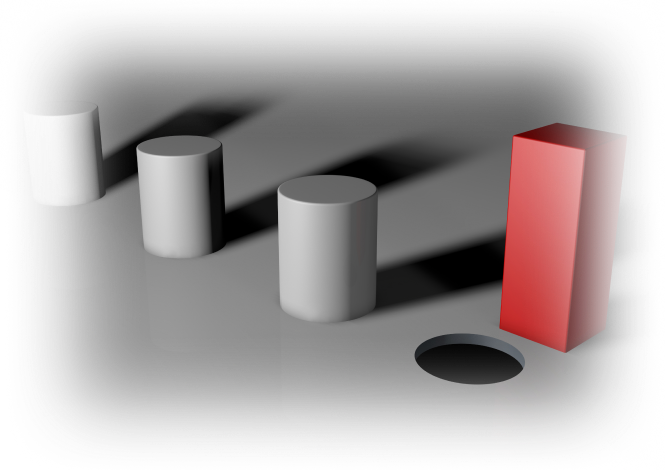 But what if it comes to customizing something more complex such as a home or a car? With such objects, unsuccessful decisions can not only significantly affect the state of our bank account but also negatively reflect on our emotional well-being. Yes, you can turn to designers, who will offer their vision and options, but this again entails spending time and money and does not guarantee a successful result.
But what if it comes to customizing something more complex such as a home or a car? With such objects, unsuccessful decisions can not only significantly affect the state of our bank account but also negatively reflect on our emotional well-being. Yes, you can turn to designers, who will offer their vision and options, but this again entails spending time and money and does not guarantee a successful result.
Therefore, we decided to create a solution that would allow us not only to customize a complex object in real-time, view, revise, and contemplate changes but also to pay for these changes in one space. To showcase the possibilities of this technology, we decided to take an automobile as such a complex object and make it possible to change its exterior in real-time using tuning parts available on the market. This utterly bespoke solution enables interactive real-time online customization of virtually any existing product of any complexity and can be used in a unique way to interact with it from all over the world.
There are not too many starting points when the goal is to develop a unique product. Our team had a rather ambitious objective because creating such a solution required the application of our most advanced practices and the involvement of the most skilled specialists. Yes, we had ex perience working with complex digital 3D assets, but during their development, there was no task of creating a mechanism for deep customization.
perience working with complex digital 3D assets, but during their development, there was no task of creating a mechanism for deep customization.
And yes, we already had a lot of experience in programming 3D assets and creating online stores, but we have never connected these directions to work as a whole. In fact, we needed to create not just a “fitting room” for a complex interactive digital object, and it was necessary to make this virtual “fitting space” an integral part of an online store (or vice versa) with user-friendly usability. So it was clear we had to up our game in every aspect.
Each component of this project required in-depth study and continuous resolution of new emerging difficulties. Many times we thought the goal was achieved but had to go back to earlier iterations to identify and analyze errors.
Retreating has never been an option for our team. After many road bumps, we were proud to present one of our best creations – Gwagonbuild – a completely bespoke real-time interactive 3D car Configurator integrated with an e-commerce extension.
Immersive Real - time Interactive 3D Configurator

Lets get in touch